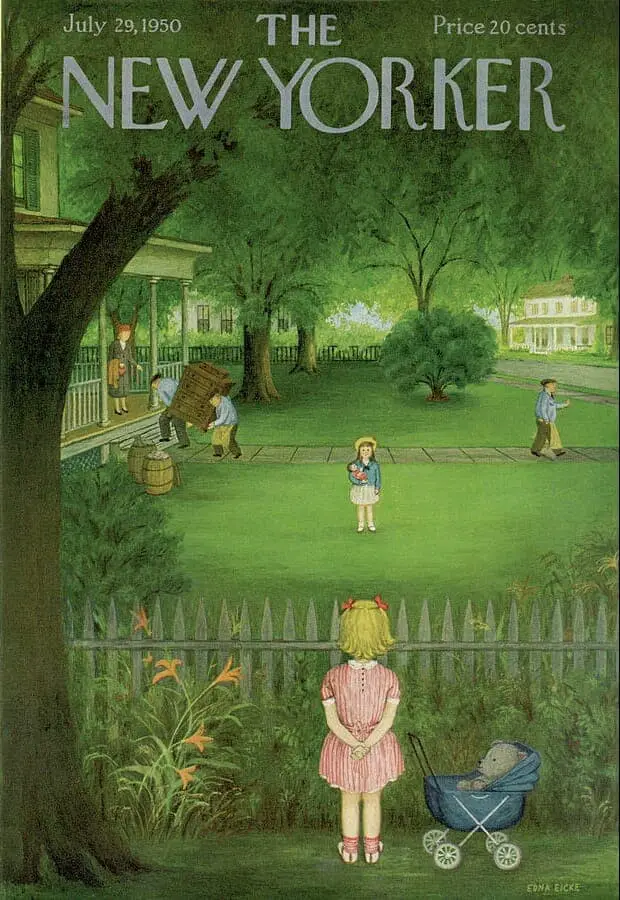Child moves house and starts at new school. This trope is hard to write well because it has been done so many times before. But it’s very useful, because many children’s stories are about friendship, and all stories about friendship must start from a point of loneliness. Everyone is lonely when they move to a new place.
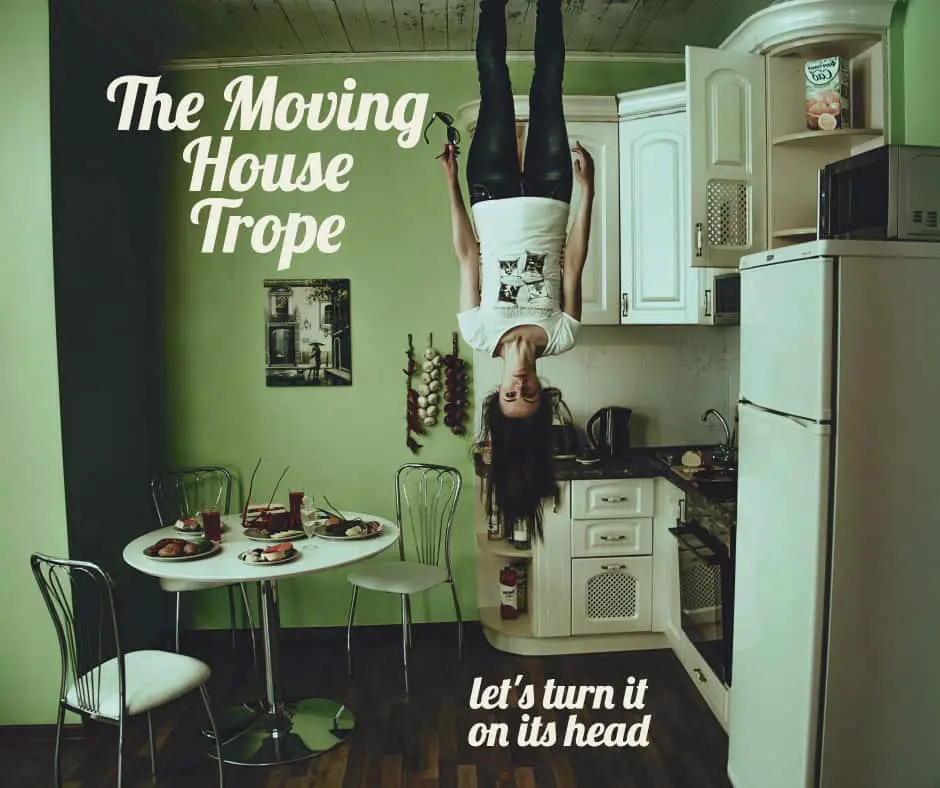
Some specific plot elements, or motifs, that we find in children’s novels are not as prominent in the mainstream fiction. The first is coming to a new home. Naturally, this element—connected to the basic motif of dislocation, inherent in all fiction—is present in quite a number of mainstream novels, such as Jane Eyre or Mansfield Park. However, I would state that the new home is more dominant in children’s fiction and also more significant, since the change of setting is a more dramatic event in a child’s life than in an adult’s. The character’s reaction to the change is very revealing.
The Rhetoric of Character In Children’s Fiction by Maria Nikolajeva

Maria Nikolajeva published that paragraph in 2002 and goes easy on the child moves house trope. Since then, despite every children’s author knowing full well that the child moves house trope — or motif — or whatever you’d like to call it had been done thousands of times before, we get to 2017 and Betsy Bird (librarian and reviewer for School Libarary Journal) has this to say about the state of middle grade literature:
If you read too many middle grade novels in a given year, you begin to sense patterns that no one else can see. In 2017 I’ve started down that path. I’ll give you an example of a particular pattern: The new kid in school. It’s not a new idea for a book (Joseph Campbell would probably tell you that it’s just a variation on the old “A Stranger Comes to Town” storytelling motif) but this year it’s gotten extreme. In book after book authors have hit the same notes. Kid is new. Kid is awkward in the lunchroom (seriously – if I never read another lunch room scene again it’ll be too soon). Kid makes friends with outcasts. Kid triumphs by being true to his or her own self. Simple, right? They blend together after a while, but it’s not the fault of the format. A good book, a really good book, transcends its format. Much of what I’ve read this year has already faded into a fuzzy haze in my brain.
Betsy Bird, SLJ
The contributors to TV Tropes have also noticed the moving house trope has become super popular in the last 10 years. The trope New House, New Problems refers specifically to a new family moving into a new home, whereupon strange happenings begin to reveal themselves. It’s not just a middle grade thing — it’s a horror thing.
Who knows what contributed to this trend, but I suspect big hits such as Neil Gaiman’s Coraline have something to do with it. The TV Tropes page also points out that every other Goosebumps book begins with a kid moving to a new house. In young adult stories we have the huge successes of Twilight, 10 Things I Hate About You and Mean Girls, so audiences must love the trope. Writers love it too, because it allows a natural discovery of a new milieu, as our new student discovers how the new environment works, along with readers.
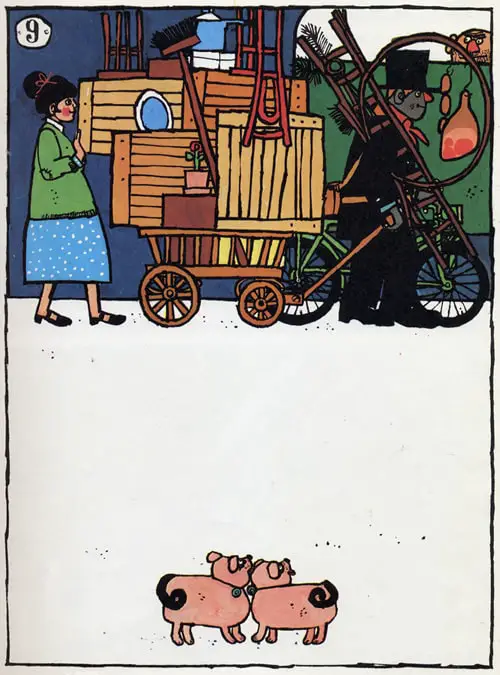
CHILDREN MOVE HOUSE BOOKS
Observations from the list below: Many children’s series include one book in which the character moves house. Some authors rely on the moving house storyline time and again. Jean Little is one such author. There are a large number of moving house books entitled simply, “Moving House”.
- The Secret Garden by Frances Hodgson Burnett
- Moving Molly by Shirley Hughes (a picture book example)
- Sweet Home Alaska by Carole Estby Dagg
- Journey to Topaz: A Story of the Japanese American Evacuation
- Coraline by Neil Gaiman
- The Turtle of Oman by Yoshiko Uchida
- Little House On The Prairie by Laura Ingalls Wilder
- The Pinballs by Betsy Byars
- A Desperate Road To Freedom: The Underground Railroad Diary of Julia May Jackson by Karleen Bradford
- Torn Apart: The Internment Diary of Mary Kobayashi by Susan Aihoshi
- Banished From Our Home: The Acadian Diary of Angelique Richard by Sharon Stewart
- Meet Addy An American Girl by Connie Rose Porter
- Annie by Leonore Fleischer
- The Christmas Box by Richard Paul Evans
- Red Thread Sisters by Carol Antoinette Peacock
- A Journey To The New World: The Diary of Remember Patience Whipper, Mayflower, 1620 by Kathryn Lasky
- The Woods At The End of Autumn Street by Lois Lowry
- Red Berries, White Clouds, Blue Sky by Sandra Dallas
- Fly Me Home by Polly Ho-Yen
- Georgie’s Moon by Chris Woodworth
- The War That Saved My Life by Kimberly Brubaker Bradley
- The Fences Between Us: The Diary of Piper Davis, Seattle, Washington, 1941
- Hope Was Here by Joan Bauer
- Chantrea Conway’s Story A Voyage From Cambodia in 1975
- Exiles from the War: The War Guest Diary of Charlotte Mary Twiss by Jean Little
- Miracles on Maple Hill by Virginia Sorensen
- Six-Dinner Sid by Inga Moore
- One Eye Laughing, the Other Weeping: The Diary of Julie Weiss by Barry Denenberg
- Journey To America by Sonia Levitin
- The Summer Before from the Babysitter’s Club series by Ann M. Martin
- To Build A Land by Sally Watson
- Hinterland by Caroline Brothers
- X Marks the Spot by Joan de Hamel
- Between Shades of Gray by Ruta Sepetys
- Le Belle Sauvage by Phillip Pullman
- The Golden Compass by Phillip Pullman
- Missing May by Cynthia Rylant
- All The Children Were Sent Away by Sheila Garrigue
- Listening for Lions by Gloria Whelan
- Cartwheeling in Thunderstorms by Katherine Rundell
- Laugh With The Moon by Shauna Burg
- Rocky Road by Rose Kent
- The Journal of Ben Uchida: Citizen 13559 Mirror Lake Internment Camp by Barry Dunenberg
- Whatever Happened To Janie? by Caroline B. Cooney
- The War Within: A Novel of the Civil War by Carol Matas
- Nell Dunne: Ellis Island, 1904 by Kathleen Duey
- A Boy of Heart Mountain by Barbara Bazaldua
- Sarah & Katie by Dori White
- Changes for Kirsten: A Winter Story from the American Girls series by Janet Beeler Shaw
- Seaglass Summer by Anjali Banerjee
- Gemma by Noel Streafield
- Miss Cathy Leonard by Catherine Woolley
- Ginnie and Geneva by Catherine Woolley
- Dancing Through The Snow by Jean Little
- Orphan At My Door: The Home Chld Diary of Victoria Cope by Jean Little
- Aniela Kaminski’s Story: A Voyage from Poland During World War 2 by Clare Pastore
- Fiona McGilray’s Story: A Voyage from Ireland in 1849 by Clare Pastore
- Grandpa’s Mountain by Carolyn Reeder
- Anne of Green Gables by L.M. Montgomery
- Before Green Gables by Budge Wilson
- Journey Home by Yoshiko Uchida
- Listening for Leroy by Betsy Hearne
- Tumbleweed Skies by Valerie Sherrard
- Indian Summer by Barbara Girion
- The Lion, The Witch and the Wardrobe by C.S. Lewis
- Mallory on the Move by Laurie B. Friedman
- Anya’s War by Andrea Alban Gosline
- McDuff Moves In by Rosemary Wells
- Bruce’s Big Move by Ryan T. Higgins
- Amber Brown Is On The Move by Bruce Coville
- Dear Poppy by Ronni Arno
- Topsy and Tim Move House by Jean Adamson
- When A Dragon Moves In Again by Jodi Moore
- The Orphan of Ellis Island by Elvira Woodruff
- Alexander, Who’s Not (Do You Hear me? I Mean It!) Going To Move by Judith Viorst, who also write Alexander and the Terrible, Horrible, No Good, Very Bad Day
- Yours Truly by Heather Vogel Frederick
- The Leaving Morning by Angela Johnson
- Goodbye House by Frank Asch
- Anywhere But Paradise by Anne Bustard
- Little Miss Trouble Moving House by Roger Hargreaves
- We’re Moving House by Ann Johns
- Moving House by Neil Innes
- Dash by Kirby Larson
- A Kiss Goodbye by Audrey Penn
- The Berenstain Bears’ Moving Day by Stan Berenstain
- Moving Day by Meg Cabot
- Moving Day by Ralph Fletcher
- Moving Day by Fran Manushkin
- Home From Far by Jean Little
- It’s Moving Day! by Pamela Hickman
- From Anna by Jean Little
- Tigger’s Moving Day by Kathleen Weidner Zoehfeld
- Mine for Keeps by Jean Little
- Moving Day by Jo S. Kittinger
- Someone Named Eva by Joan M. Wolf
- Moving Day by Anthony G. Brandon
- Moving Day! by Jess Stockham
- Cranberry Moving Day by Wende Devlin
- Moving Day by Sue McMillan
- Moving Day In Feather Town by Ann M. Martin
- The Secret of NIMH by Robert Frisby
- What About My Goldfish? written by Jennifer Plecas and illustrated by Pamela D. Greenwood
- Moving House written by Anne Civardi and Michelle Bates, illustrated by Stephen Cartwright
- Boomers Big Day written by Constance W. McGeorge and illustrated by Mary Whyte
- Big Ernie’s New Home: A Story For Young Children Who Are Moving written by Teresa and Whitney Martin
- A House for Hermit Crab by Eric Carle
- Two Nests written by Laurence Anholt, illustrated by Jim Coplestone
- Amy and Louis by Libby Gleeson illustrated by Freya Blackwood
- The Snow Lion by Jim Helmore
- Goodbye House Hello House by Ann James and Margaret Wild (2019) — about a move from the country to the city
- Clancy and Millie and the Very Fine House by Libby Gleeson and Freya Blackwood
- Beginnings and Endings With Lifetimes In Between by Bryan Mellonie and Robert Ingpen
- Alexander, Who’s Not (Do You Hear Me? I Mean It!) Going To Move by Ray Cruz and Robin Preiss Glasser (1998)
- The Blue House by Phoebe Wahl
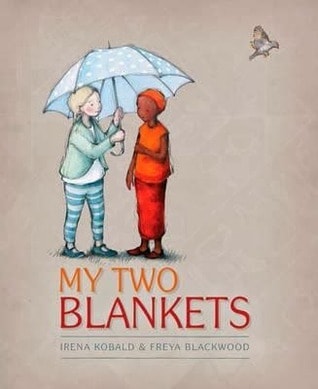
Cartwheel has moved to a place that is so strange to her, she no longer feels like herself.
This is a story about new ways of speaking, new ways of living, new ways of being.
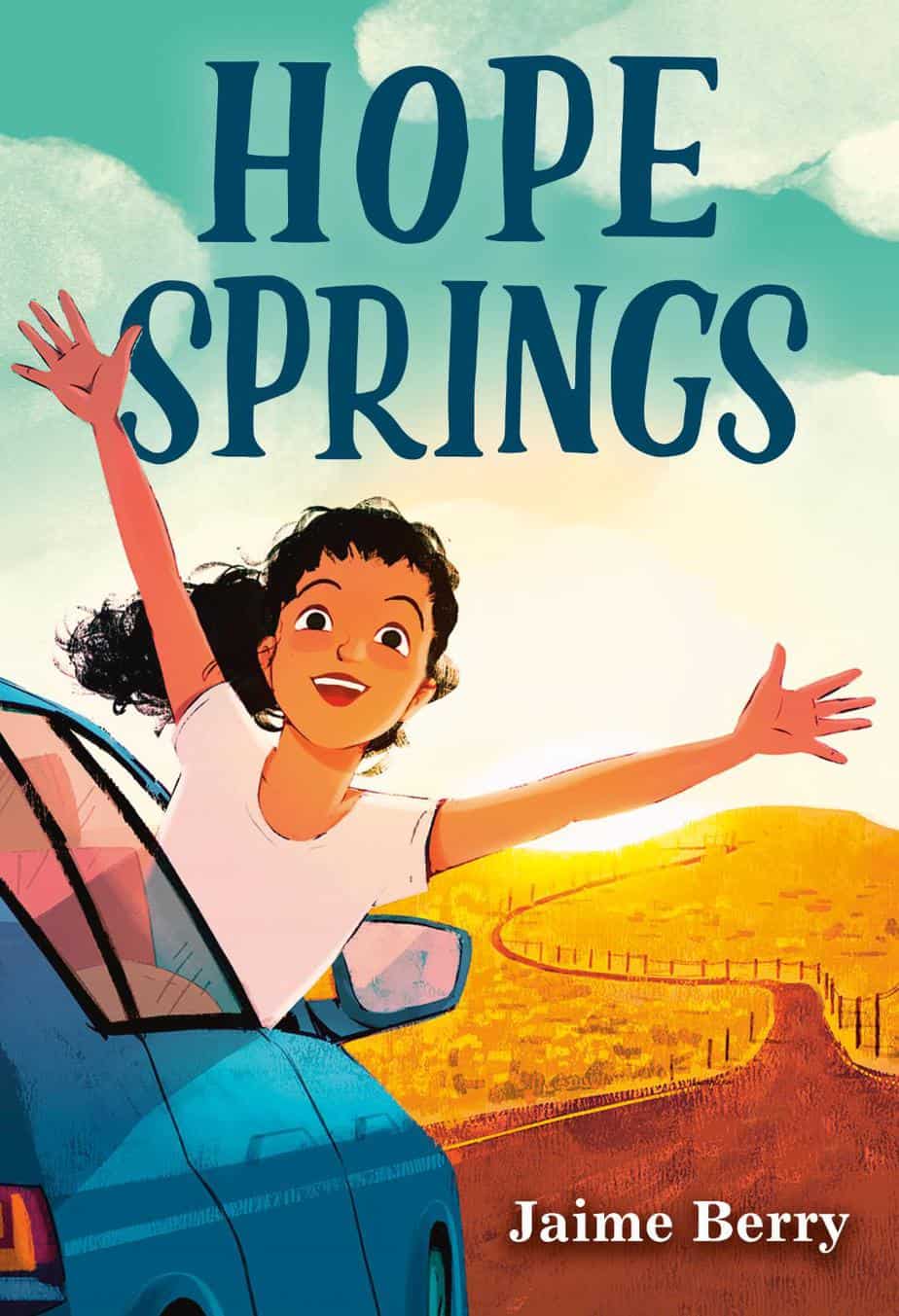
Eleven-year-old Jubilee Johnson is an expert at three things: crafting, moving, and avoiding goodbyes. On the search for the “perfect place,” she and her Nan live by their Number One Relocation Rule—just the two of them is all they need. But Jubilee’s starting to feel like just two is a little too close to alone.
Desperate to settle down, Jubilee plans their next move, Hope Springs, Texas—home of her TV crafting idol, Arletta Paisley. Here she meets a girl set on winning the local fishing tournament and a boy who says exactly the right thing, by hardly speaking at all. Soon, Jubilee wonders if Hope Springs might just be the place to call home after all.
But when the town is threatened by a mega-chain superstore fronted by Arletta Paisley, Jubilee is faced with her toughest decision yet, skip town again or stand up to her one-time hero. With the help of her new friends and the one person she never thought she’d need—her Momma—will Jubilee find a way to save the town she’s come to love and convince Nan that it’s finally time to settle down?
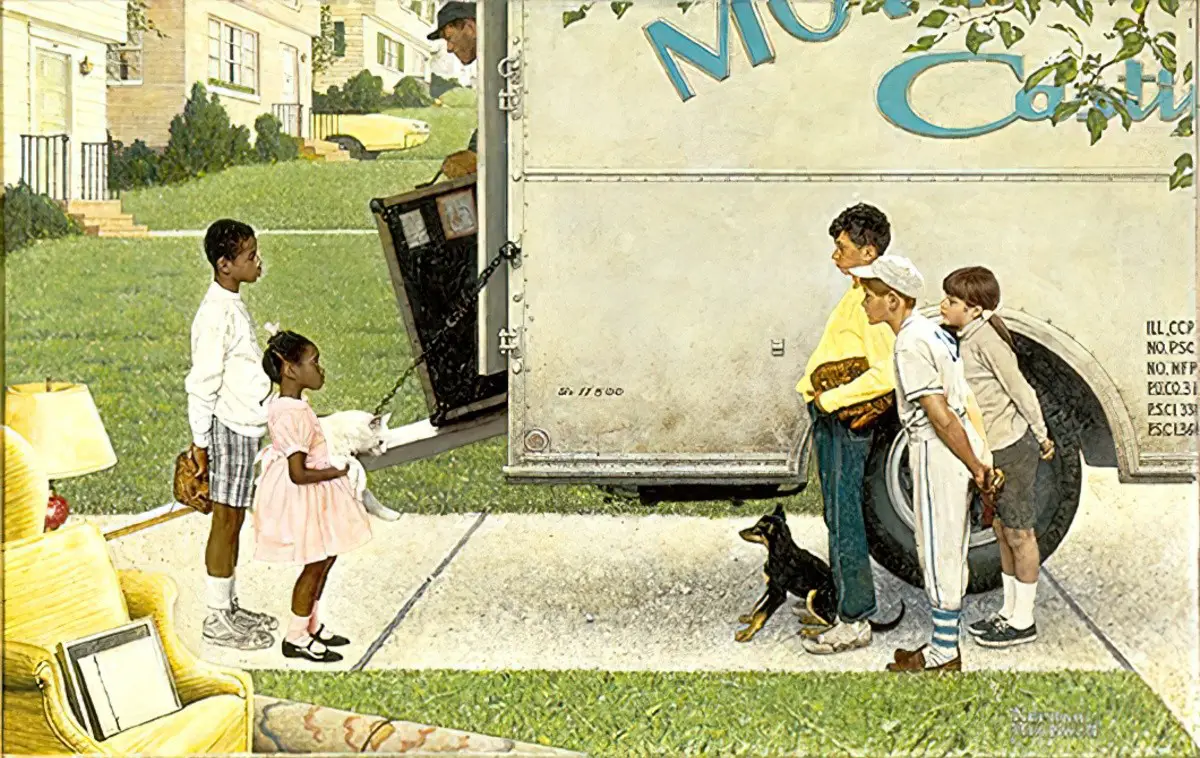
FILM AND TV EXAMPLES
- Anne With An E
- Inside Out
- Felicity (about a young woman starting college)
- 10 Things I Hate About You
- Strawberry Shortcake: Housewarming Surprise
- Mean Girls
In stories for an adult audience, horror often begins with a couple or a family moving into a new home… which is haunted.
Header illustration: Edna Eicke New Yorker July 29th, 1950. Two little girls stare at each other from a distance as one moves into her new house.
